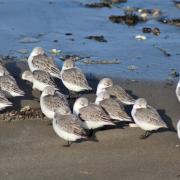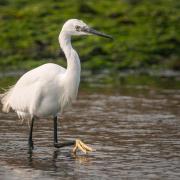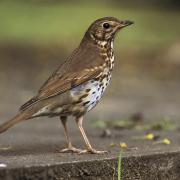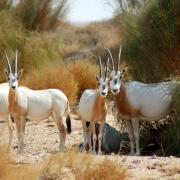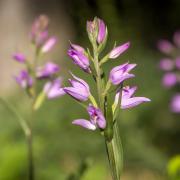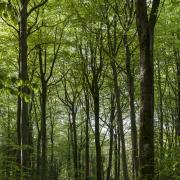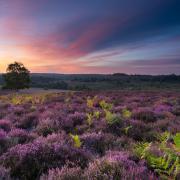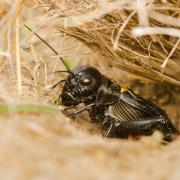Spotting orchids is one of summer's great pleasures and it's almost orchid time in Hampshire
From mid-May onwards stunning displays of these spectacular wildflowers can be seen throughout the county. Of course, it helps to know where to look. Orchids may be one of the largest and most distinctive families of flowering plants in the world – there are around 18,500 species worldwide – but in the UK we have just a small proportion: around 50 species of orchid in total. The good news in our region is that we are lucky to have 31 of these in Hampshire and 21 on the Isle of Wight, together with a host of hybrids and varieties. Here are some of our most unusual orchids – and where to spot them.
Discover moreIf you would like to find out more about Hampshire and the Isle of Wight’s botany, including orchids, why not join the Hampshire Flora Group? The group runs a range of events throughout the year including guided walks and botanical surveys.
Visit the Wildlife Trust’s website www.hwt.org.uk or call 01489 774406 for further information.
May’s wild events
When: Friday, May 28What: Join experts from the Hampshire Bat Group for an illustrated talk about the lives of these fascinating creatures, followed by a guided walk around the reserve looking and listening for signs of bat activity using bat detectors. Where: Swanwick Lakes Wildlife Reserve, Sopwith Way, Swanwick.Time: 8.15pmContact: Jess Daish-Miller on 01489 570240Cost: �3
When: Sunday, May 30What: Bird Watch at Farlington Marshes. Guides will be on hand to help you identify the birds and tell you about their behaviour. Drop in anytime during the session to improve your bird identification skills. Where: Parking is available off the Eastern Road (A27/A2030) roundabout.Time: 12-3pm Contact: Jamie Marsh, Solent Reserves Officer, on 01489 774429Cost: �1.50
WildlineQ Is this a tropical frog I found in my pond?A This is actually an ordinary common frog with unusual colouring. Although common frogs are usually green or brown they can vary in colour. Reports have been made of red, orange, black or cream coloured frogs, which people often think may be diseased or a foreign species. If you see a frog or frogspawn in your garden pond this spring please let the Trust know so they can add the record to the amphibian database.
Q What plants are good for moths?A Moths feed on nectar, which they suck from flowers using their long proboscis like a straw. The sugar-rich drink provides them with the instant energy needed for flight. As most species of moth are more active at night, providing them with plants that produce nectar at night will provide your moth visitors with an energy-boosting snack.Moths are lured by a good scent and so by planting evening-scented flowers like privet, sweet rocket, night-flowering stock, honeysuckle and evening primrose your garden will attract many species of moth. Fruit trees are also good for butterflies and moths, especially if you leave some of the fruit to rot on the ground.
Call WildLineIf you have a question for WildLine, here’s how to get in touch:Tel. 01489 774 446Email: WildLine@hwt.org.uk Web www.hwt.org.ukWrite to WildLine, Hampshire and Isle of Wight Wildlife Trust, Beechcroft House, Vicarage Lane, Curdridge, Hampshire SO32 2DP





